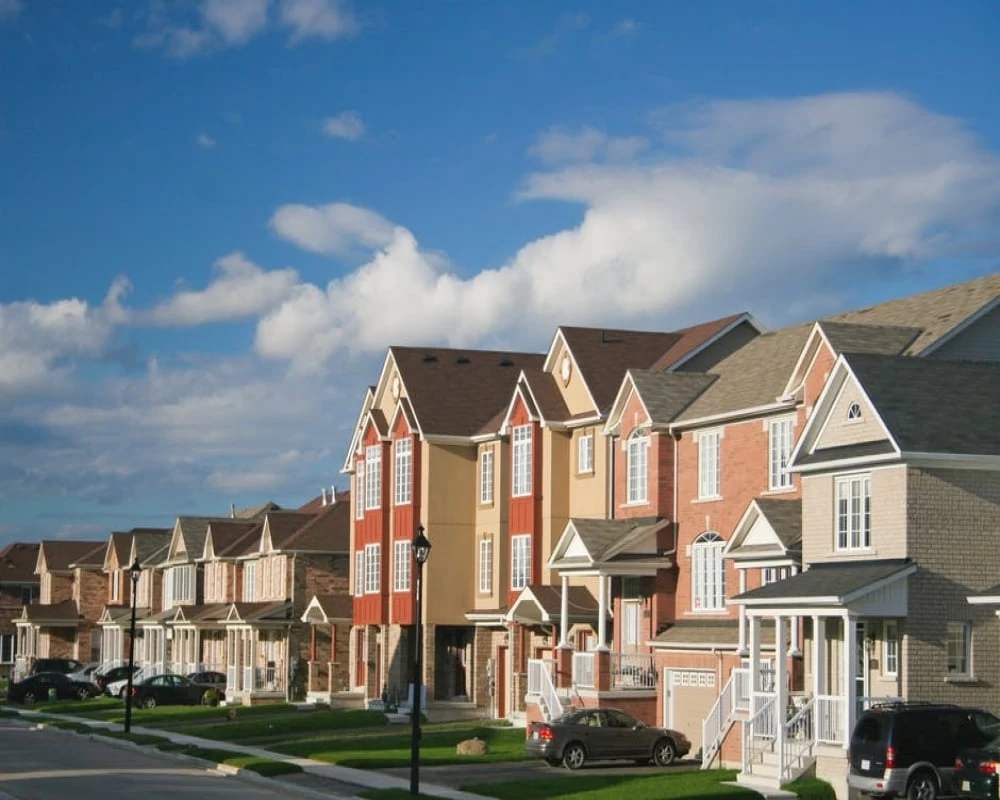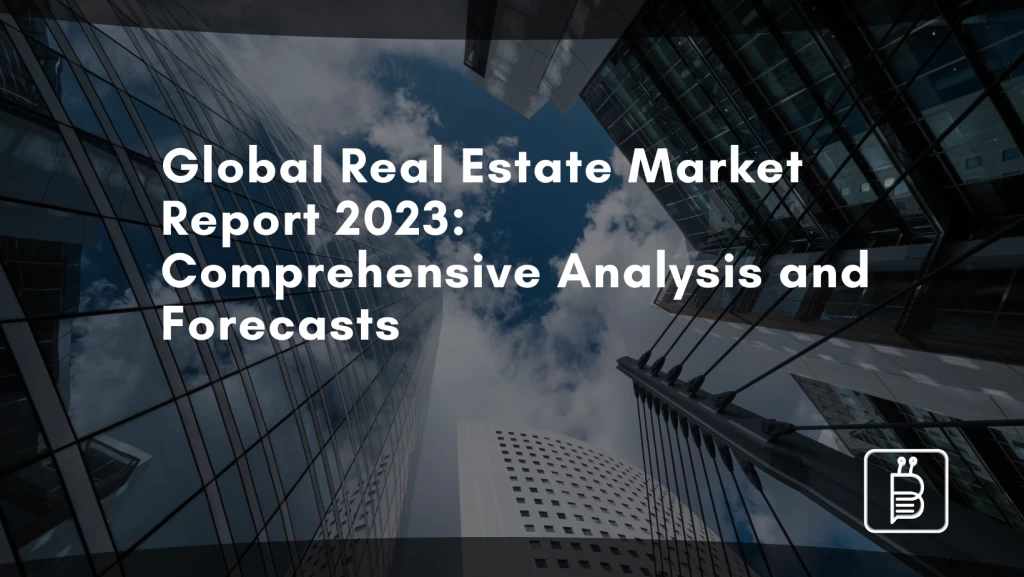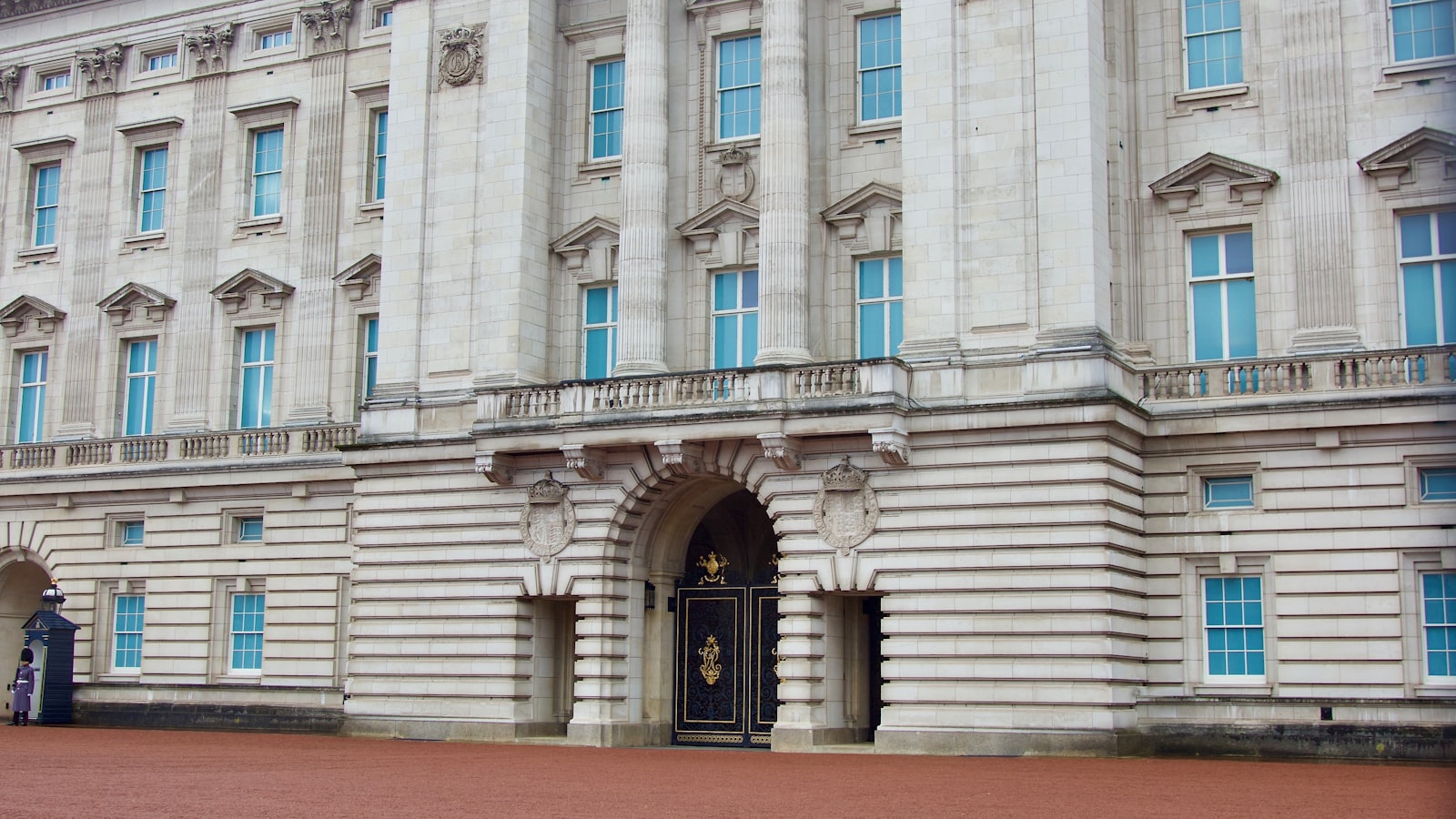Buying Property Abroad 5 Crucial Questions to Ask Before Making an International Real Estate Investment

What’s the crucial thing when making an investment? Simple! Protect your investment. Whether you’re buying stocks or putting money down on real estate? Whether you are buying property abroad or locally? Whether you are buying overseas property for investment or just looking to relocate? You need to recognize that there are risks. Heck, buying property abroad is like running a hurdle. You’re crossing hurdles like investment restriction laws, taxation, paperwork, exchange rate changes etc. Real estate investing comes at a risk, especially when you are going into relatively uncharted territories. You need to ask yourself some crucial questions.
1. WHY AM I BUYING THE PROPERTY?
Any decision you take subsequently will depend on this to an extent. Are you buying just to relocate or as an investor. You need to make up your mind. Your choice of mortgage, your budget and the type of insurance you go for would depend on this.
It’s easy to say I’ll move into the property for some time, get a feel of the place for a while then I’ll sell out when the market is steamy. Seems like a good strategy but guess what? Your guess may be wrong? You may have to stay with a property you don’t like for years or just bear the big loss. Hence you need to make up your mind beforehand. Am I relocating or investing?
2. HOW WILL I GET FINANCING?
Financing is a big deal when it comes to buying property abroad. You can’t just carry cash around, you need to select a reputable bank in your destination to deal with. If mortgages are available by the destination bank, you need to ascertain what types of mortgages are available and what contingencies. In a case where a deposit is required by your seller, make sure that an ‘opt out clause’ is signed to make sure your deposit will be returned in case the mortgage falls through.
3. SHOULD I BUY A NEW BUILD PROPERTY?
If you are buying a new construction or an off-plan property, be sure to choose the developer carefully. Ask a lot of questions. Initially, focus these questions on the agent or company itself, not the properties. Ask about customer testimonials and check what is included in their service. Ask for details in writing. You might be tempted to make a deposit on an attractive new-build property right away. Cool down and think before you leap.
4. WHAT ABOUT RENTAL YIELDS?
Property specialists caution against getting sucked in by claims of developers. ‘There is huge capital growth’, ‘rental yields are off the roof’ etc. Always remember: with big returns come big risks.
Don't just think about the profit to be made. Put some effort into your calculations and note that interest rates change over time, also include the tax implications of renting out your property abroad. You should consult a tax expert or lawyer.
5. WHAT WOULD BE THE ADDITIONAL COSTS?
Budget for extra costs to be between 8 - 10 % of the house value. This may often be far more in a few countries. Make sure you are, therefore, alert to the costs incurred for investing in a property in your selected country.
Whether you want to relocate abroad or create a global real estate investment portfolio, it's important to keep in mind that even the best strategies occasionally fall flat. You are going to therefore need an appropriate contingency plan and exit strategy, as this will lessen any inconvenience triggered and the prospect of financial loss. Hence, for those wanting to relocate, it is important to hold on to ties in your country of origin and ideally preserve a preexisting property for a predetermined time frame. Investors will also have to keep a keen eye on the global market and prevailing economic trends, as these factors may determine the necessity to sell or change strategy.









